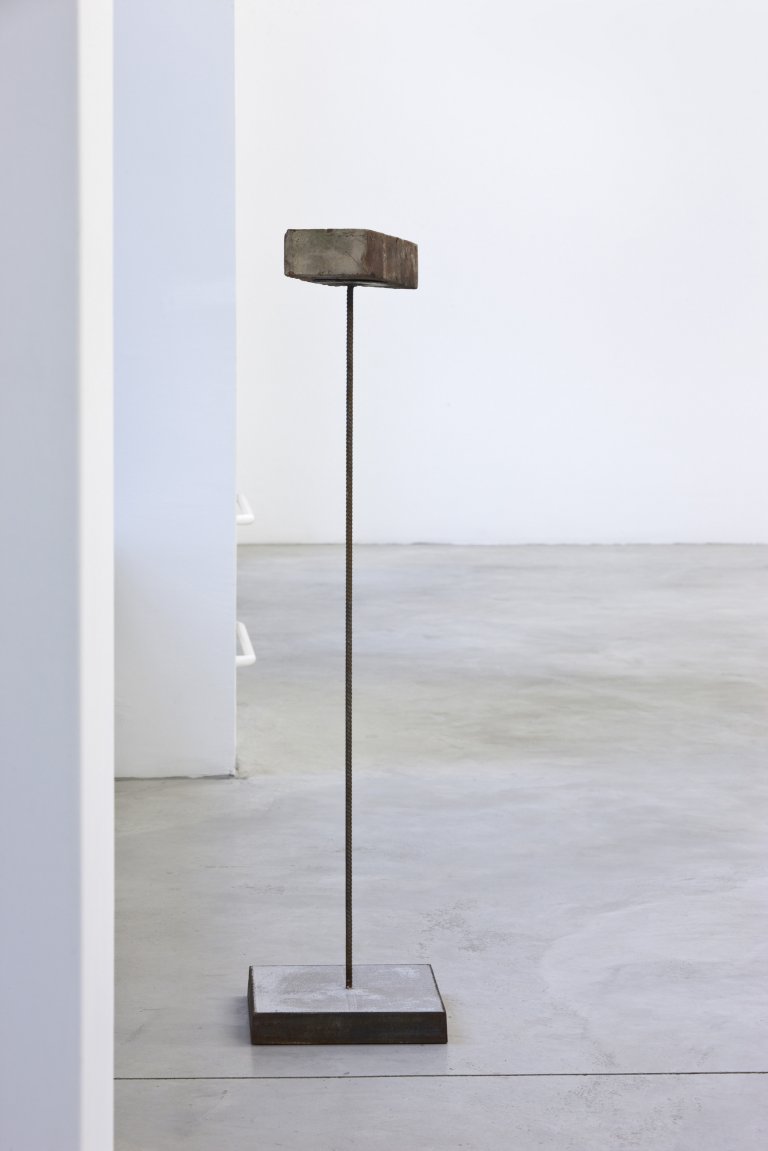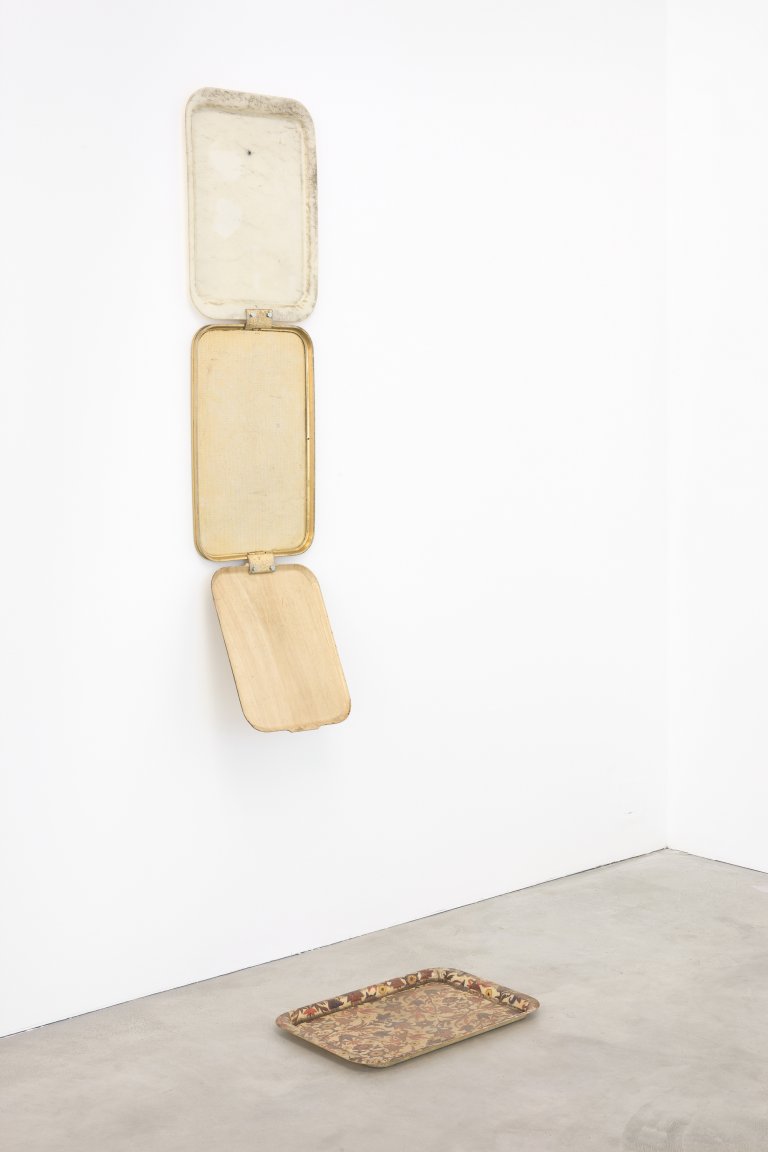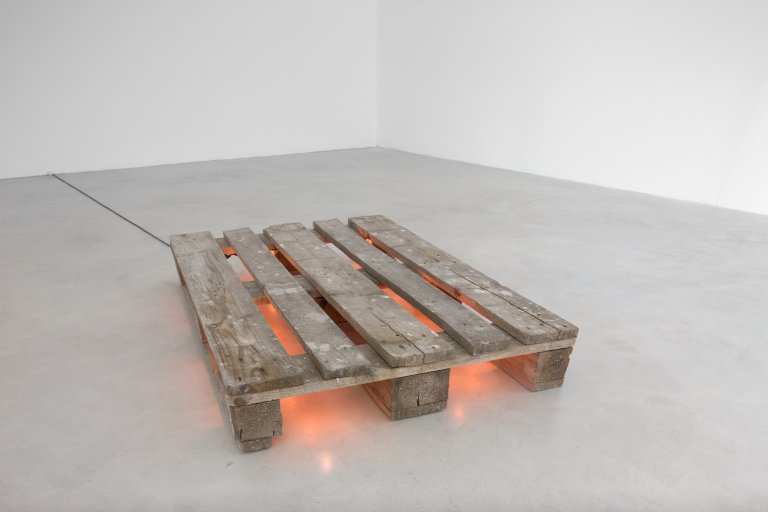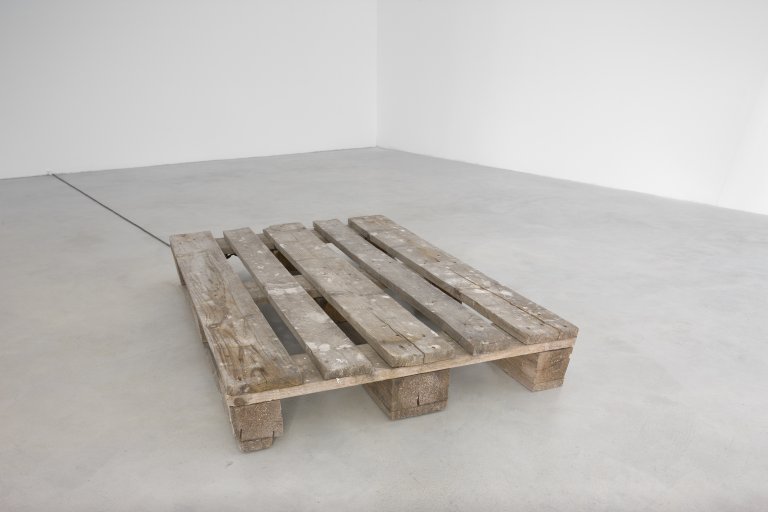- »La Nube« Mexico City, 2023
- Group Exhibition »End of History?« Stockholm, 2022
- Group Exhibition »Almond shaped eyes for circles and dots • Circles for eyes and almond shaped dots • Dots and almonds for circles in eyes« Mexico City, 2022
- »EIN AUGE, OFFEN« Berlin, 2017
- Group Exhibition »GATHERED FATES curated by Ignasi Aballí« Berlin, 2015
- Group Exhibition »DRAWN« Berlin, 2014
- Group Exhibition »Summer show« Berlin, 2012
- »Nonetheless« Berlin, 2011
- Group Exhibition »SUMMER SHOW« Berlin, 2009
- »Landschaftsabfälle« Berlin, 2008
- »Kein Warum« Berlin, 2005
- Group Exhibition »Out Of Place« Berlin, 2004
- »Nachtruhe« Berlin, 2002
- Group Exhibition »Through Melancholia and Charm« Berlin, 2000
- »Ordnung« Stockholm, 1997
- »Rampen« Stockholm, 1994
- Group Exhibition »Mnemosyne 1273« Stockholm, 1992
- Group Exhibition »Art against AIDS« Stockholm, 1991
- »Mirosław Bałka« Stockholm, 1990
- balka-cv.pdf
- cv-mb-2025_01_ongoing.pdf
-
Anda Rottenberg: Miroslaw Balka. Pursuing Meaning, Fleeing Meaning, , Pirelli Hangar Bicocca, Milan 2017
-
Simone Menegoi: Social Body. The Individual and the Collectivity in the Work of Mirosław Bałka, Pirelli Hangar Bicocca, Milan 2017
-
Alegra Pesati: All that Remains: the Drawings of Mirosław Bałka, Muzeum Sztuki, Łódź 2017 2017
-
Julian Heynen: That's How it Is, in: Mirosław Bałka. How it is, Tate Publishing, 2009
-
Mirosław Bałka in conversation with Rafał Jakubowicz, Documenta Magazine, 2007
-
Peter Schjeldahl: Polish Haiku, The Reinassance Society, 1992

268 x 142 x 54, 84 x 40 x 22, 2008, wood, nails, glass, dimensions same as title in cm
Mirosław Bałka »Nonetheless«
Berlin, April 30, 2011 - June 25, 2011
Galerie Nordenhake is pleased to present an exhibition of recent works by Polish artist Miroslaw Balka entitled ‘Nonetheless’. Comprising a variety of media such as installation, sculpture, drawings and video, Balka's work navigates a fine line between philosophical commentary and personal disclosure, equivocating between the two realms and obscuring the distinctions that separate them.
The exact meaning of the exhibition’s title lies in the very nature of the word ‘nonetheless’. The etymology of the word is simply a string of the words "none the less" that was contracted into one term just around 1930. This adverb implies that, given a certain condition even the least amount of action will still have a result or impact; a sharp definition of a rigorous economy of means.
In the main space, Balka presents, amongst other work, 268 x 142 x 54, 84 x 40 x 22 (2008). The sculpture is composed of two elements. A tall wooden structure serves as the base for an empty glass out of the artist’s physical reach. Balka uses this elegiac sign of loss to define a minimal, but no less undeniable, distance. The glass opens for an endless chain of interpretations: a trigger whose meaning is activated by the viewer’s own experience. At its base, the wooden structure is accompanied by a wooden step. This small threshold again creates a tangible distance between the observer and the main object.
Using personal objects as an unlimited archive, the artist aims to activate their latent aesthetic potential and meaning. As a formal principle Balka eschews complexity, favouring instead the resonance of a hinted, almost ghostly, presence in the space. Manifested in the appearance of trivial objects such as an old pallet, a series of trays, or a brick, the works are bestowed an intricate relationship with their closest, almost enveloping, environment. This process is particularly clear in 130 x 32 x 17, 46 x 32 x 2 (2009), a sculpture composed of four plastic trays. Collected at the Polish Ministry of Culture in the immediate aftermath of the communist regime’s collapse, they ironically witness the eclectic taste of elite groups in a time of great change. Depriving the objects of their previously intended function, Bałka is able to elevate these humble elements to a new and dignified status. The viewer is no longer confronted with discarded elements of a lesser nature, but instead with ontological 'understatements'. On closer inspection, their rather commonplace physicality conceals a more encompassing world of memory and loss.
Miroslaw Balka was born in 1958 in Warsaw, Poland, where he currently lives and works. His works have been presented in major international exhibitions such as Documenta IX (1992) and the Venice Biennial (1990, 1993 and 2005). In 2009, the artist was awarded with the prestigious Unilever commission for the Turbine Hall at the Tate Modern, London, where he presented the installation "How it is." Selected solo exhibitions include: Museo Reina Sofia, Madrid (2011), Staatliche Kunsthalle Karlsruhe and Douglas Hyde Gallery Dublin (2010), Modern Art, Oxford (2009), Scottish National Gallery of Modern Art, Edinburgh (2008); Irish Museum of Modern Art, Dublin and Museu de Arte de Sao Paulo/Museu de Arte Moderna Rio de Janeiro (2007); K21, Düsseldorf (2006); Museum of Contemporary Art, Strasbourg (2004); The Zacheta Gallery of Contemporary Art, Warsaw and SMAK, Ghent (2001); National Museum of Art, Osaka (2000); Museu Serralves, Porto (1998); Tate Gallery, London (1995); Van Abbemuseum, Eindhoven (1994); Museum Haus Lange Krefeld and Renaissance Society at the University of Chicago (both 1992). Mirosław Bałka has been exhibiting with Galerie Nordenhake since 1990.

105 x 25 x 25, 2008, concrete, steel, brick, dimensions same as title in cm

130 x 32 x 17, 46 x 32 x 2, 2009, steel, plastic, dimensions same as title in cm

120 x 80 x 15 / DB, 2008, wood, light (lit), 120 x 80 x 15 cm

120 x 80 x 15 / DB, 2008, wood, light (unlit), 120 x 80 x 15 cm